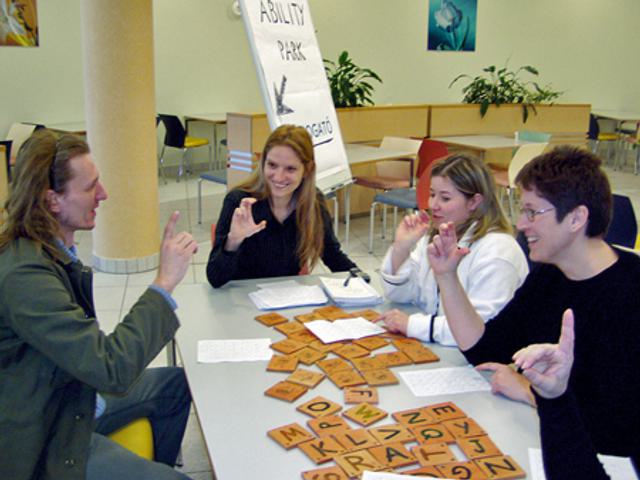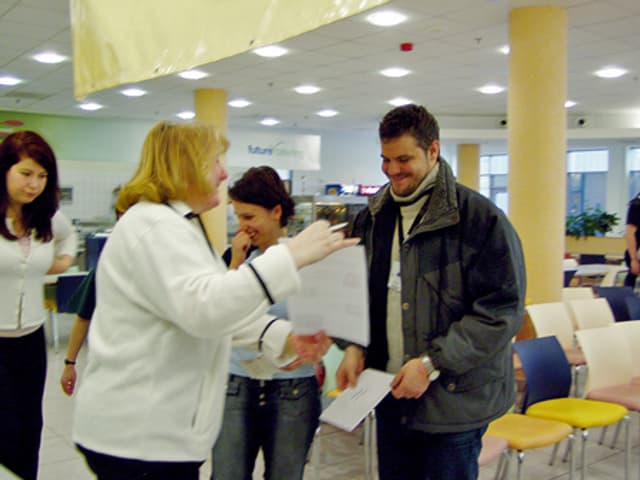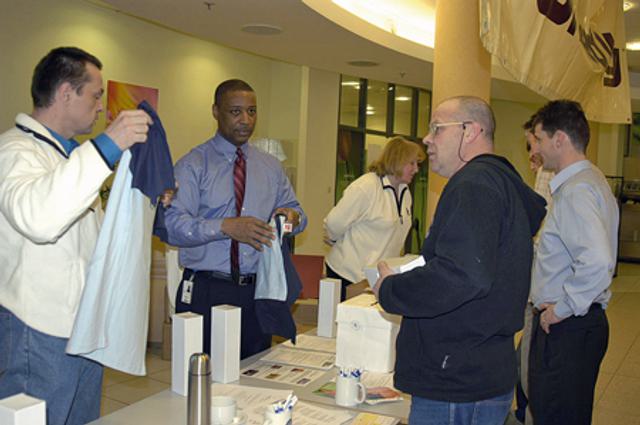United Way Hungary: ‘why do I help?’ campaign
- Exhibited by
- CSDF Hungary.
- Added
- August 30, 2009
- Medium of Communication
- Face to face.
- Target Audience
- Awareness, volunteering, corporations.
- Type of Charity
- Children, youth and family
- Country of Origin
- Hungary.
- Date of first appearance
- 2004.
SOFII’s view
Through careful planning involving volunteers at all levels, this campaign raised additional funds from corporate sponsors, increased the number of donations from employees and raised awareness of giving and volunteering. Also, the organisers said thank you properly, to all involved.
Creator / originator
Éva Vörös, project manager, Erőforrás Foundation, United Way Hungary.
Summary / objectives
United Way Hungary operates as the central coordinator for the national United Way network. It links affiliates, manages a national fundraising strategy and provides training throughout the locally-based network.
The ‘why do I help?’ campaign in 2005 aimed to increase the total donation amount, level of commitment and number of employees donating from GE Hungary ZRt Energy Division, one of United Way’s corporate supporters. It also aimed to develop the culture of giving, volunteering and corporate social responsibility within the company.
Background
United Way Hungary has traditionally raised funds for its programmes through payroll giving from corporate employees around the world. They have used this method successfully since 2003.
In 2005, United Way Hungary decided to run The ‘why do I hel campaign to boost the support received from GE Hungary – a company they had been cooperating with since 2002.
United Way Hungary spent two months preparing the campaign. Volunteers from the organisation were involved in deciding the aims of the campaign and developing a communications plan, which included sending a letter from the CEO to all employees by email. Personalised pledge cards for all employees were put together and advertisements presented at the main entrance of the site on the campaign day.
On the day, United Way Hungary staff made presentations about the work of UW and the organisations it supports and volunteers collected pledge cards. The administrative staff was kept informed by email throughout the day and invited to visit the site and make their donations during breaks. All donors received prizes: T-shirts, baseball caps, and Thermos flasks. The major donors were given special prizes, such as a carwash by the staff (which included the CEO), dinner for two, a car rental for a weekend, and opera tickets.
Following the campaign all those involved were sent thank-you letters, and the campaign closed with an event where the CEO, UW staff and UW volunteers were present. The campaign was evaluated and new objectives and plans set for the following year. Lastly, all donors receive the United Way Hungary annual report and a certificate of their annual donation for taxation purposes.
Special characteristics
The involvement of the CEO in the campaign is key to its success. Without his/her personal commitment and example, donors wouldn’t donate as much. Structuring the campaign along organisational lines of business leads to a greater chance of success (top to bottom involvement).
Influence / impact
United Way managed to introduce and establish a new fundraising method in Hungary, consolidating the practice of payroll giving and developing its culture of giving and volunteering.
Results
- The employees of the company raised 14,000 eurs, which UW received in monthly donations throughout the year.
- The company granted a further 6,000 euros as a corporate gift.
- ROI: 3,5
Merits
The United Way Hungary campaign is relatively easy to adapt for NGOs with a similar profile. The campaign raised extra funds and increased involvement at many levels from a corporate supporter.
Other relevant information
Adapted from CSDF’s 2006 publication Mission Possible.
























